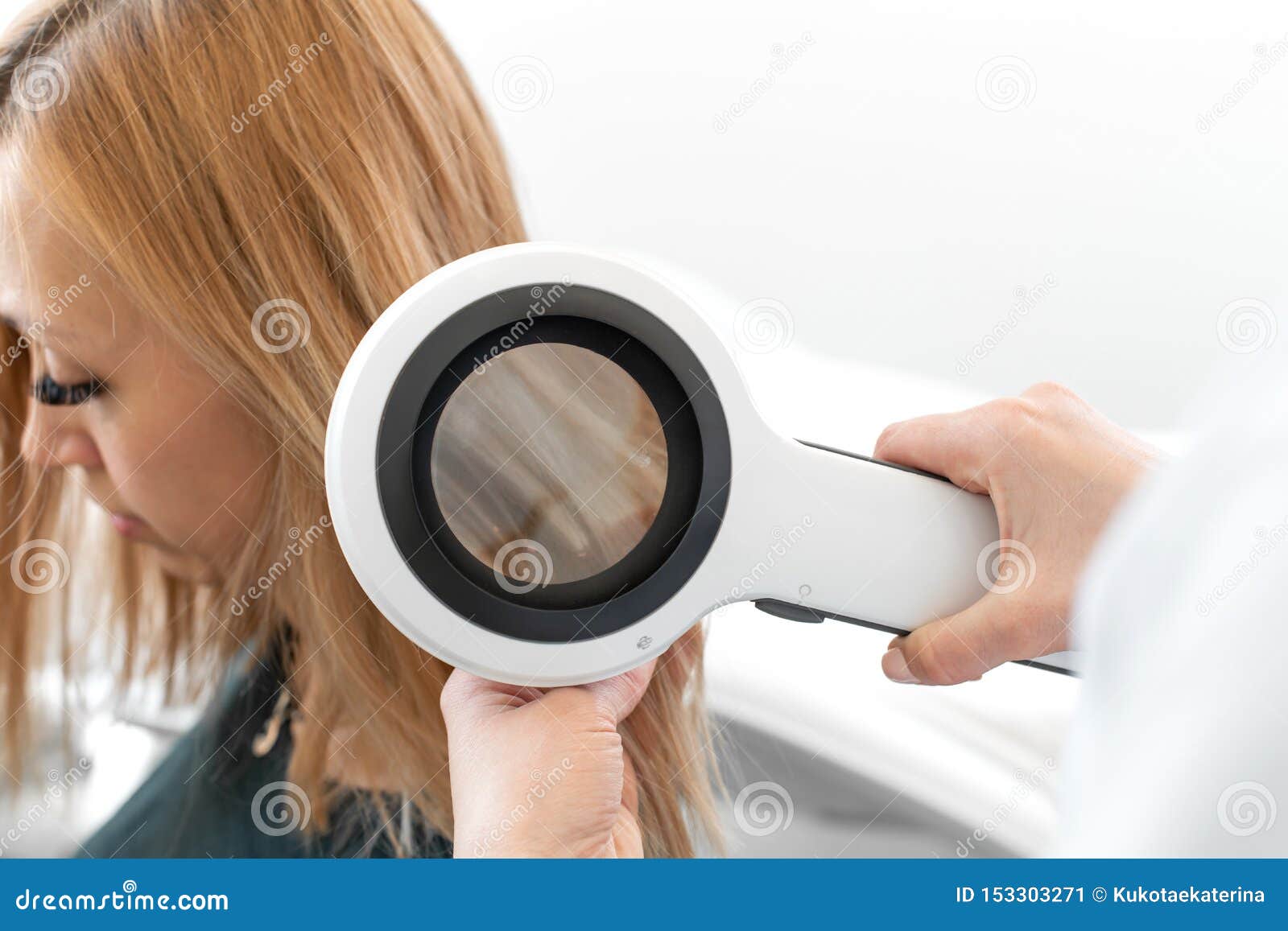Table Of Content

Corticosteroids, such as hydrocortisone and prednisone, are commonly prescribed (topically, orally, or through injections) to both alleviate inflammation and curb the autoimmune response. “These medications help suppress the immune system’s overactivity and encourage hair regrowth,” Dr. Mitchell explains. The FDA also recently approved a new drug for severe cases of alopecia areata called Litfulo (generic name, ritlecitinib). The medication stimulates hair growth by quieting part of the immune system.
Hair loss types: Alopecia areata diagnosis and treatment
You cannot prevent some types of hair loss, but you can take steps to avoid others. Healthy lifestyle changes may help reduce your risk of hair loss. Here, you'll find dermatologists’ insight that can help you discover what steps to take. Any information published on this website or by this brand is not intended as a substitute for medical advice, and you should not take any action before consulting with a healthcare professional. When these flakes mix with the oil that’s produced by the scalp, they can clog your follicles and impair the hair’s nutrient supply, which ultimately weakens its structure.
Is Platelet-Rich Plasma (PRP) therapy safe and effective for treating hair loss?
It’s totally possible that simple product swaps or slight routine changes could solve, or at least help, thinning hair. Hair loss may be common but that doesn’t make it any less stressful. “Blindly taking supplements or self-diagnosing by Google to try to treat yourself,” cautions Jennifer MacGregor, MD, a board certified dermatologist at UnionDerm in New York City. Not only could it not help your thinning hair, but it could actually hurt your cause, she adds.
Procedures to help regrow hair
Friction-induced folliculitis might require nothing more than laying off the hairstyling practice that triggered it until you’re fully healed. And no matter the underlying cause, “corticosteroids may be recommended to alleviate inflammation in more severe cases,” Dr. Mitchell says. Regular pulling on your hair via tight ponytails, braids, extensions, or weaves can cause traction alopecia—shedding caused by persistent tension, per the AAD. “This can eventually lead to damage and inflammation around the follicles that disrupts the normal growth cycle,” Hope Mitchell, MD, a board-certified dermatologist and the founder of Mitchell Dermatology in Ohio, tells SELF. “The most common treatment for telogen effluvium is removing the trigger if it can be identified—and also time,” Dr. Lo Sicco says. Finasteride tends to be more effective if you begin taking it when you first notice hair loss.
How do dermatologists find out what’s causing hair loss?
Among the most common is platelet-rich plasma, or PRP, with Dr. Engelman says is very effective (but requires upkeep over time). "It's a hair loss treatment that withdraws a patient’s own blood, processes the enriched cells, and injects them back into the scalp," Dr. Engelman explains. "The platelet-rich plasma contains the proteins needed to stimulate hair growth." Botulinum toxin (Botox) is being studied for hair regrowth as well, says Dr. Engelman.
Argan oil for hair: Dermatologists explain benefits and uses - TODAY
Argan oil for hair: Dermatologists explain benefits and uses.
Posted: Thu, 25 Jan 2024 08:00:00 GMT [source]
Diagnosis
Once your dermatologist finds the cause(s), your dermatologist will tell you whether treatment is recommended. Sometimes, your hair will regrow on its own, making treatment unnecessary. For example, a woman may have had a baby a few months ago, and this may be causing obvious hair shedding. She may also have early hereditary loss, which isn’t so obvious. If your dermatologist suspects that the cause of your hair loss could be a disease, vitamin deficiency, hormone imbalance, or infection, you may need a blood test or scalp biopsy.
What is baldness?
Hair regrowth often occurs within three to six months following the completion of the treatment. As the hair regrows, it is likely to exhibit subtle variations compared to the hair that is gone. Several laser devices are now available to treat hair loss at home.
Hair loss: Diagnosis and treatment
If you have healthy hair on the back or side of your head, a doctor can surgically remove hair strands from those areas and graft them into your scalp in a bare area. It’s another expensive treatment that isn’t generally covered by insurance, but it tends to be a long-lasting solution. If you often wear a hairstyle like braids or a tight bun that puts prolonged strain or stress on the hair follicle, that can cause a type of permanent hair loss called traction alopecia. Dutasteride is considered stronger than Finasteride and thus carries more side effects.

Healthy Eating
If you’ve noticed hair thinning, here’s everything you need to know before booking your next dermatology appointment. Platelet-rich plasma (PRP) is showing promise in the hair regrowth department, too. More research is necessary to nail down the optimal treatment protocol for hair loss in women, specifically, but the dermatologists we consulted agree that it’s generally a safe and effective option to consider.
Once your dermatologist has all the necessary information, you’ll find out if you have alopecia areata. If you do, your dermatologist will talk with you about how the disease is affecting your life and whether treatment is recommended. According to the consensus statement, the most frequently prescribed LDOM dosing regimen in adult females aged 18 years and older includes a starting dose of 1.25 mg daily, with a dosing range between 0.625 mg and 5 mg daily.
If you need treatment for regrowth, the earlier you start, the more likely you are to see regrowth. Experiencing distress over hair loss is a common and expected reaction among individuals. Hair loss can serve as a visible indication to others that patients are experiencing cancer and are currently receiving medical treatment. Engaging in a conversation with the medical staff regarding the concerns and proactively adopting measures to anticipate the potential occurrence of hair loss might be beneficial. There are strategies to mitigate the emotional discomfort caused by hair loss during chemotherapy treatment.

No comments:
Post a Comment